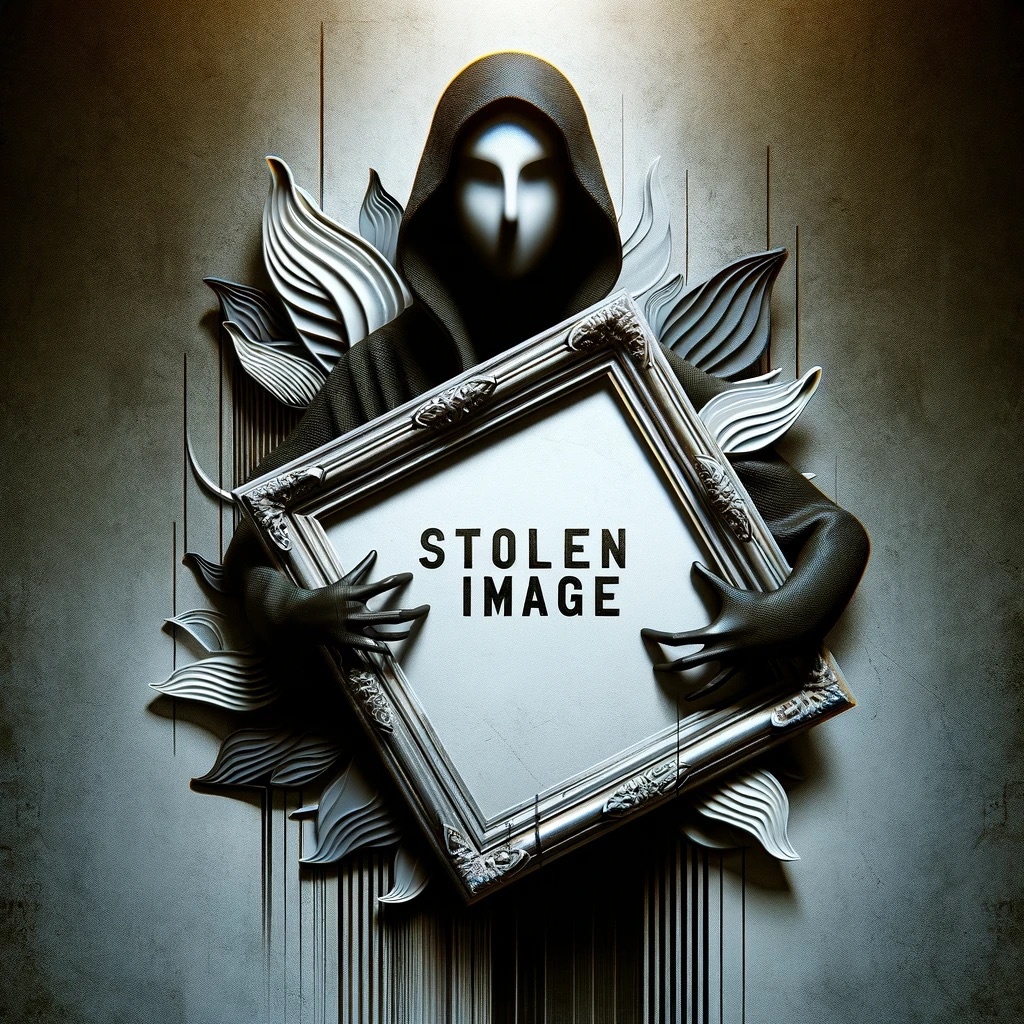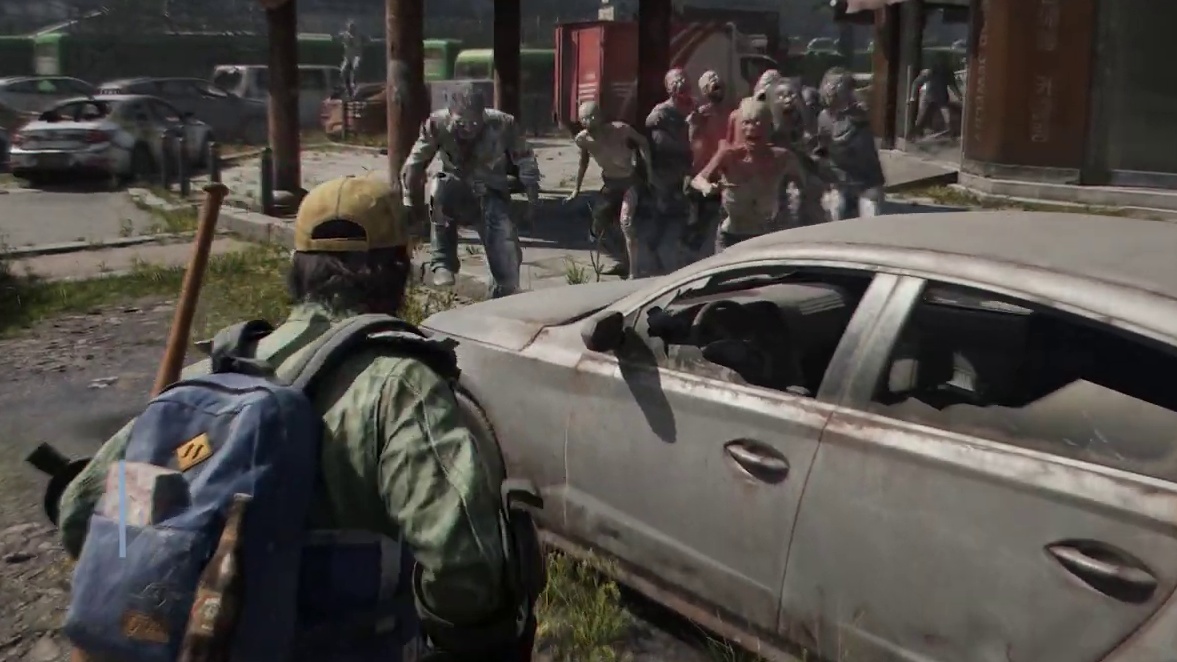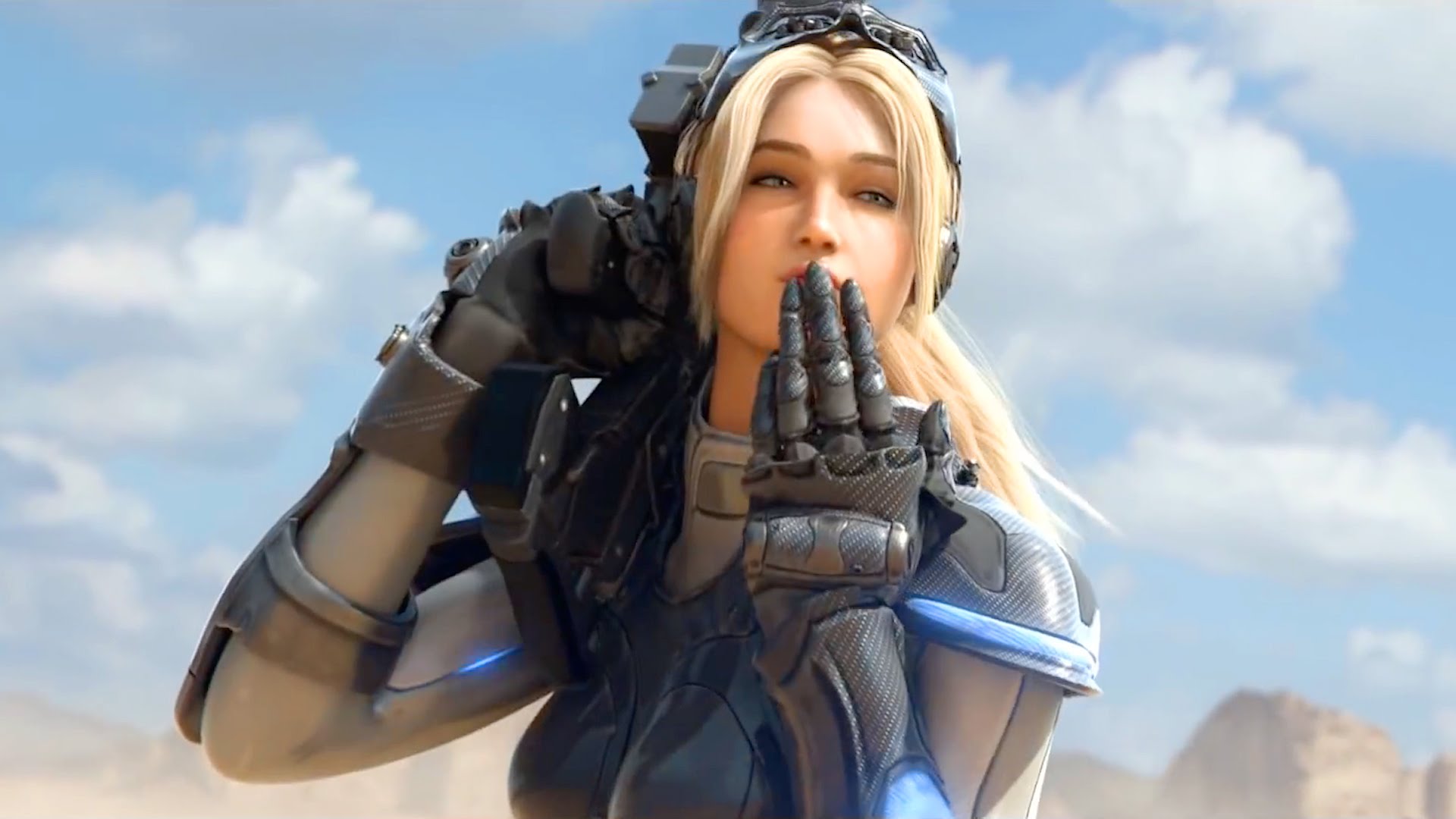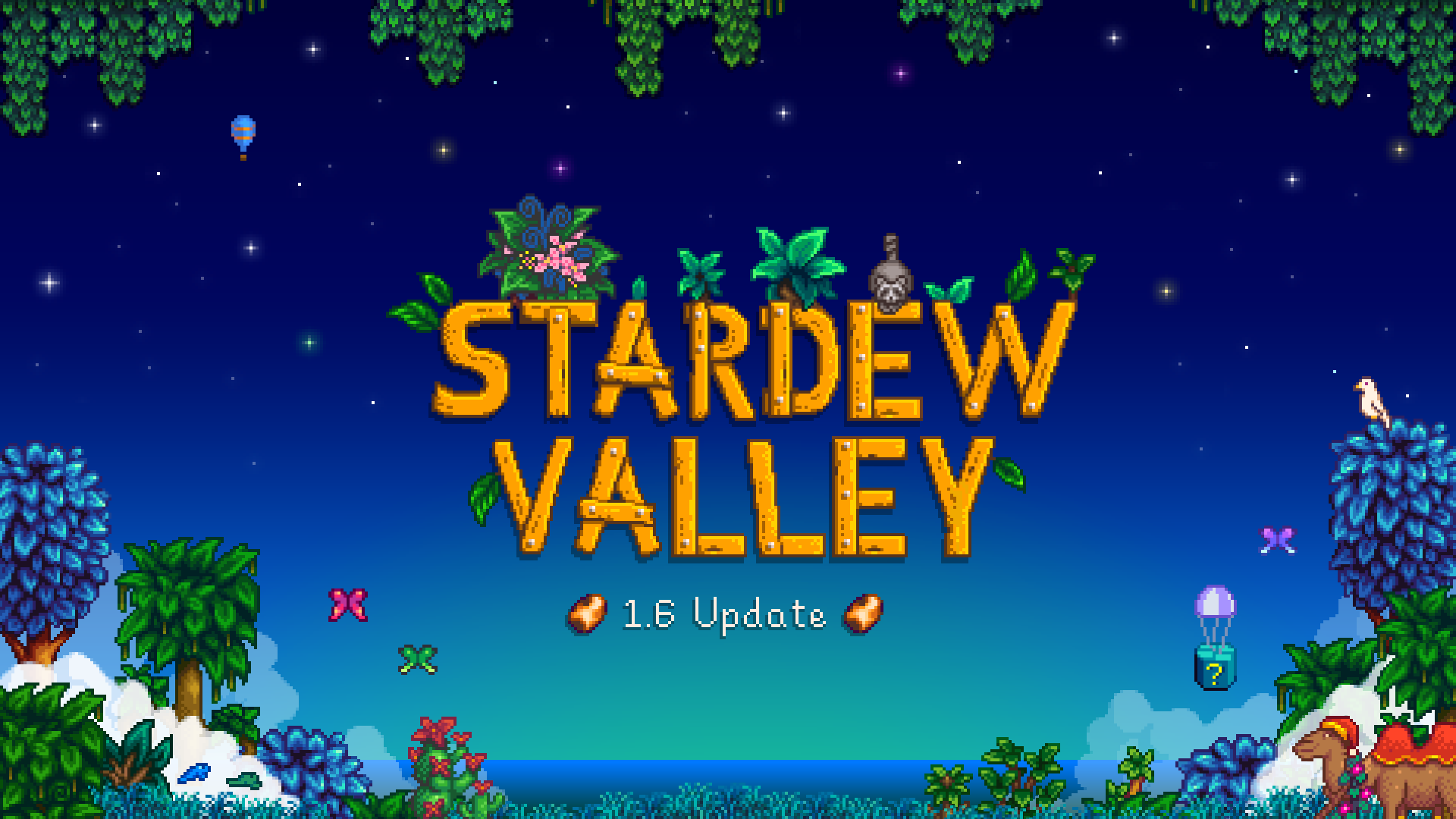
We summarize the latest Campfire stream from the Diablo developers!
We’re making great strides towards the new expansion for Diablo 4: Vessel of Hatred. But the add-on isn’t the only thing that’s changing the game – Patch 2.0 is also supposed to adjust a number of things that are still wrong with Blizzard’s ARPG. The developers have now shared some of the changes with us in their big Campfire stream. Here’s the summary!
Das Levelcap
One of the biggest changes in Patch 2.0 of Diablo 4 is the adjustment of the level cap. The previous 100 levels have been reduced – you only level up to level 60! Levels 1 to 50 are still the “character levels” during which you get skill points for leveling up. You then get Paragon points. At the same time, the Paragon points increase from 200 to 300. But more on that later.
1:12:28
Diablo 4 and the impossible to title analysis – with Maurice and Jessirocks
Difficulty levels
In addition to the changed levels, the developers are also adjusting the difficulty levels. Diablo 4 is getting new (old) “Torment” levels in addition to its four difficulty levels. These are another four levels that should allow you to better adapt your difficulty level to your strength.
The difficulty levels are to be based on the levels of the Artificer’s Pit. “Normal” should be on a level with level five of the Pit. The Pit is currently the endgame activity where you can best measure your strength. By completing increasingly higher Pit levels, you should also be able to unlock the Torment levels in the future. You can see how the individual difficulty levels relate to each other in the image below.

So that you don’t lose track, the developers have a small table for you.
The adjustment of the difficulty levels and the orientation towards the pit are intended to simplify progression. This is because adjustments to the difficulty levels not only affect the open world, but also the nightmare dungeons and other instanced content, which now scale with the difficulty level using “smart keys”.
This is to keep all activities up to date and allow everyone to play what they want. The developers refer to the access items needed for instanced environments as smart keys. One example: the badges for opening the nightmare dungeons.
The difficulty levels naturally affect the rewards you get. Higher difficulty level = higher reward. So far, so clear. From the Torment levels onwards, you then have the chance to get the “Ancestral” items, which can have the larger affixes.
We already know the affixes (the little stars in the name of the item). Ancestral items are supposed to be the top of the items. In addition, new items with different aspects and new unique items are coming into play.
In addition, the difficulty levels should not only affect the damage and life of the monsters. Your enemies should also attack you more intelligently. For example, a powerful attack from an elite enemy should be able to track you better. Or the enemies should follow your movements better or block your path.

The new-old Torment system finds its way into Diablo 4.
Rune words
In addition, the runeword feature was announced (again). The runewords are made up of two runestones each, which specify a condition and effect. The runewords are due to be introduced into the game on October 8th.
My colleague Fabiano has put more information into his detailed article. You can find it here (the article, not Fabiano):
Paragon system and glyphs
The Paragon system is also being significantly revised with Patch 2.0 of Diablo 4. As mentioned above, we get 300 Paragon points instead of 200. These should feel much more important and make a difference, especially later in the game.
In addition, the points are “realm-bound.” This means you unlock them for all characters on a realm. For example, you collect 150 Paragon points with your barbarian. Then you level up your sorceress to level 50. Now you unlock the 150 Paragon points directly and can distribute them to your sorceress. This makes it much easier to level up additional characters. There are also new Paragon boards and adjustments to the glyphs.
The glyphs are supposed to be upgradeable up to level 100 and can be upgraded in the pit. Skill is the key word here, as the upgrade is based on a chance that has not yet been defined. However, there is supposed to be a guaranteed upgrade if the difficulty level you are playing on is ten levels above the level of the glyph.

The adjustments to the glyphs grant you significantly more strength.
Character customization
In addition to the basic mechanics, the classes are also getting a facelift. Barbarians, wizards, etc. are all getting new abilities, skills in the skill tree, and passive abilities. In addition, ultimate abilities can also be given ranks, which increases damage and cooldown reduction. However, we should still only be able to equip one ability. So an ultimate-only build is still not possible – damn the nine hells!
In addition, the developers want to put an end to the confusion. This means that the stats will be easier to read. They and the damage numbers will also be adjusted so that they do not get completely out of control. Damage in the billions should therefore be a thing of the past. But that does not mean that the game will become slower. These changes can be compared to the stat squish in World of Warcraft, which is carried out every few years.

The revised Ancestral items are supposed to be really strong.
Further adjustments
In addition to the characters themselves, there will also be expansions for crafting. For example, more recipes will be introduced for hardening items and various affixes will be put into other categories. For example, larger effects of certain skills will move from offensive affixes to the support category.
In addition, quality-of-life adjustments come into play: for example, you can now determine the location of your city portal yourself.
Table of Contents










